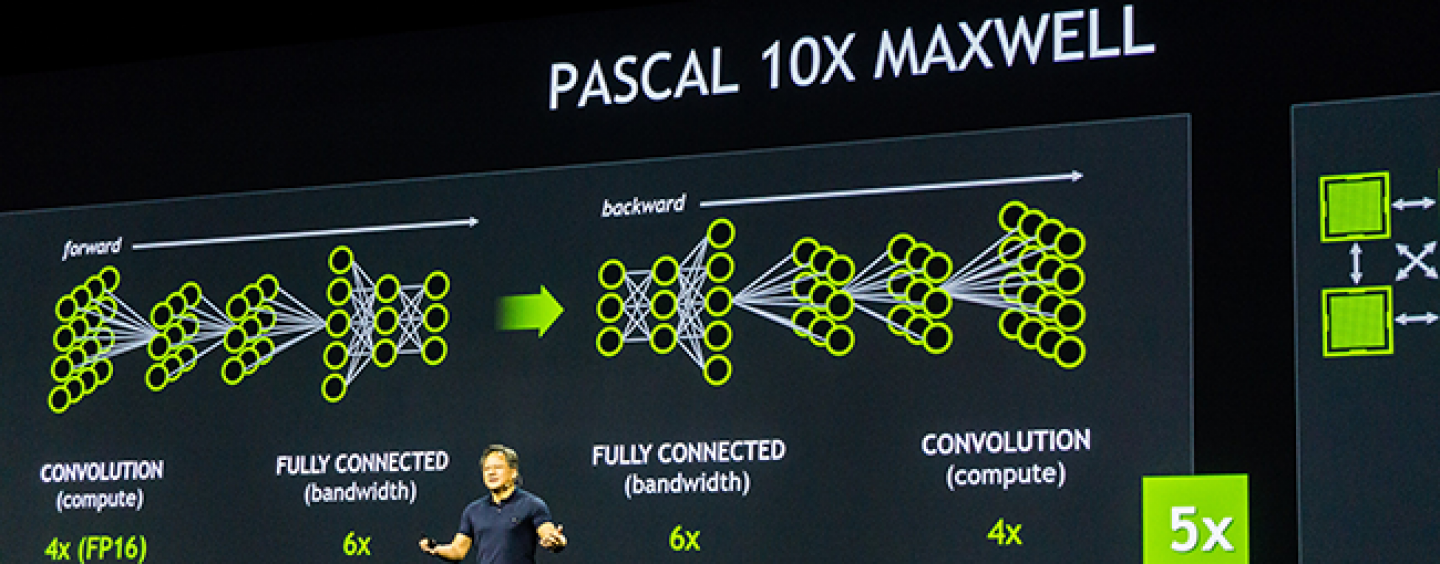NVIDIA just breezed through their Maxwell architecture and thought “Well that’s a thing of the past now, let’s show you what we have in store next” with their newest architecture, set to debut next year: The Pascal GPU Architecture. Just when you thought the Maxwell architecture was here to stay for a long time, NVIDIA announced that their Pascal architecture is set to accelerate deep learning applications by 10 times beyond the speed of the current Maxwell processors. NVIDIA CEO Jen-Hsu Huang revealed the details of Pascal and the roadmap during a keynote at GTC 2015.
“It will benefit from a billion dollars worth of refinement because of R&D done over the last three years,”
— Jen-Hsun Huang, CEO, NVIDIA
This new architecture is based solely on giving computers the ability to teach themselves — also known as deep learning within a deep neural network (DNN). The design of Pascal revolves heavily on the ability to being more faster, more accurate and the ability to mimic the human’s cortex-like data structure. We might actually be looking at the future of SkyNet right here. Comparing the new Pascal GPUs of the future to the newly launched GTX Titan X, the new line of cards are set to feature 32GB of memory — 2.7 times more than the GTX Titan X — as well as NVLink, NVIDIA’s high-speed interconnection of two GPUs which will lead to a total improvement of 10X in deep learning.
Mixed-Precision Computing
Mixed-precision computing aims to enabled Pascal-based GPUs to compute FLOPs with 32-bit accuracy with twice the speed. This increased FLOP perfomance benefits classification and convolution without sacrificing accuracy.
3D Memory
Memory bandwidth is constrained because we think of transistor dies as a 2D plane. 3D Memory will provide 3 times the memory bandwidth at nearly 3 times the frame buffer capacity by stacking its memory chips on top of each other and places adjacent to the CPU rather than further down the processor boards. This will dramatically decrease the travel time and improve the power efficiency of these memory clocks.
NVLink
NVLink is different from SLI as it allows Pascal to move data from the GPUs to the CPU at 12 times faster than the current PCI-Express standard. NVLink also allows double the number of GPUs in the system to work together in processing deep-learning computions as well as connect the CPU and GPUs in a much more flexible and energy efficient manner.


